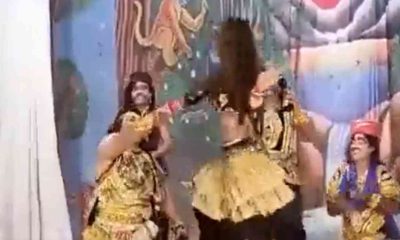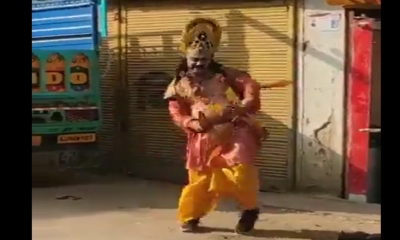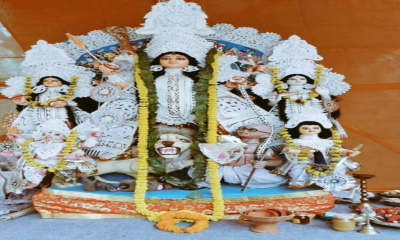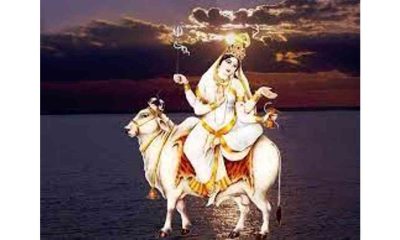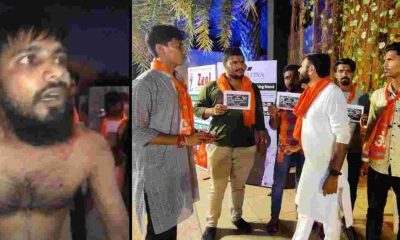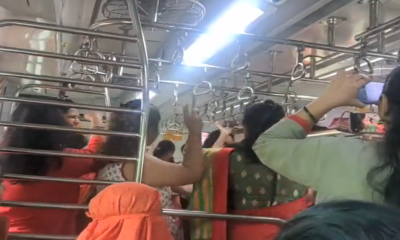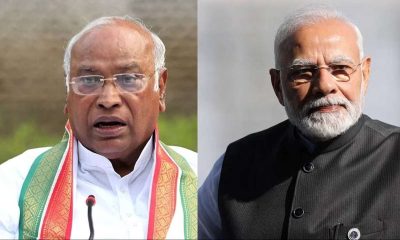Top Stories
Navratri 2022: A look at the nine forms of Goddess Durga and the stories behind them
According to legends Durga battled Mahishasura for nine straight days and was able to defeat him on the night of the 9th day. The tenth day is what came to be known and celebrated as Vijayadashami.
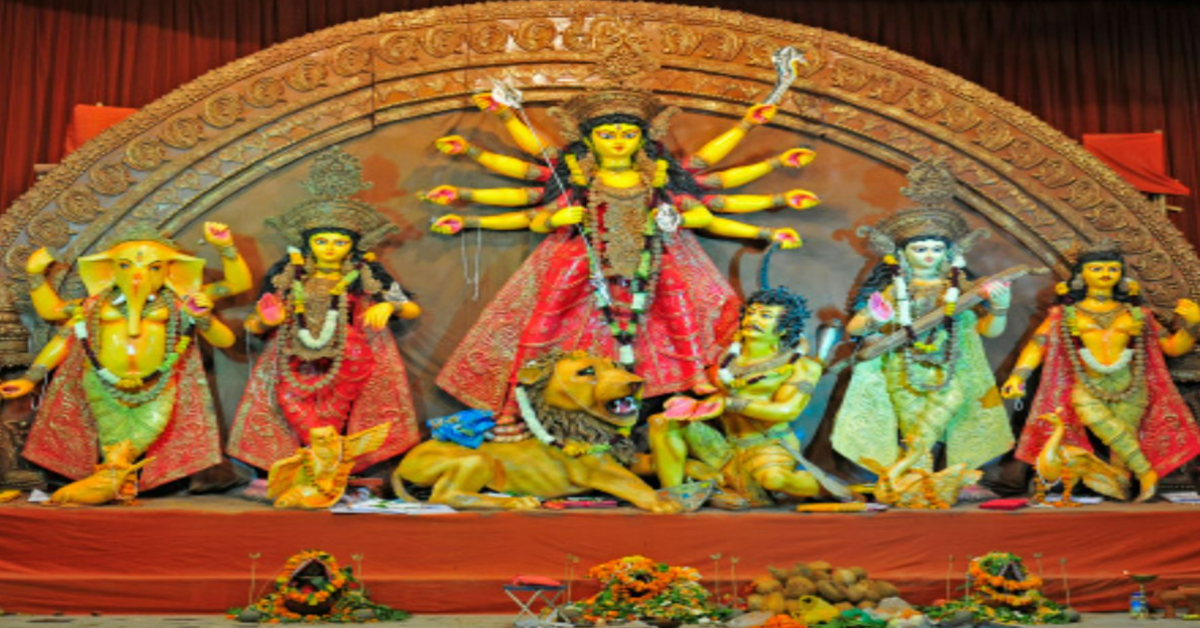
With Shardiya Navratri being around the corner, many might have questions about goddess Durga and her different reincarnations being celebrated during the time of Shardiya Navratri. According to legends and manuscripts, Goddess Durga, during her battle with the demon Mahishasura, took avatars each day to fight and triumph over Mahishasura, those avatars came to be known as her nine avatars.
According to legends, Durga battled demon Mahishasura for nine straight days and was able to defeat him on the night of the 9th day. The tenth day is what came to be known and celebrated as Vijayadashami. Goddess Durga, because of her nine forms is also known as Navdurga and her 9 avatars are Shailaputir, Brahmacharini, Chandraghanta, Kushamanda, Skandamata, Katyayni, Kalartri, Mahagauri, Siddhatri.
Read Also: Shardiya Navratri 2022 Dos and Don’ts: Know all the fasting rules here
Goddess Shailaputri
Maa Shailaputri is celebrated on the first day of Shardiya Navratri and is the first avatar of Goddess Durga. The depiction of Goddess Durga’s Shailaputri avatar is depicted with a Trishul in one hand and a lotus in the other hand. Goddess Shailaputri’s Vahan or ride is a bull known as Nandi. Goddess Parvati got her name as Shail, which in Sanskrit means mountain, as she was the daughter of Himalaya according to manuscripts.
Goddess Brahmacharini
Goddess Brahmacharini, who is celebrated on the second day of Shardiya Navratri, is depicted barefoot and holding a Rudraksha Mala in one hand and Kamadalu in the other. The Brahmacharini avatar is a state which represents the Parvati in the state of deep meditation to gratify lord Shiva.
Goddess Chandraghanta
The third day is devoted to the worship of Goddess Chandraghanta. The goddess got her name as she, in the Chandraghanta avatar, is depicted with 10-arms with a crescent moon on her forehead, hence the name. The Vahan or the ride for Chandraghanta is the tiger.
Goddess Kushmanda
Goddess Kushamanda is celebrated on the fourth day of Shardiya Navratri which is known as the Chaturthi. Goddess Kushamanda attained her name as her name means the creator of the Universe. The goddess is depicted with eight hands, six of which hold discus, mace, lotus, bow, and arrow on one side, and on the other side, she bears a sword, rosary, a jar of honey, and a waterpot. Goddess Kushmanda’s Vahan or ride is a lion.
Goddess Skandamata
Goddess Skandamata is worshipped on the fifth day or Panchami of the festival. Goddess Skandamata is depicted with four arms as two of her hands carry a lotus and on the other two, she carries Kamandalu and a bell. She can also be seen carrying a Skanda on her lap as her Vahan or ride is a lotus.
Goddess Katyayni
Godess Katyayni is worshipped on the sixth day of the Navratri festival. Katyayni also known as the warrior goddess is the most violent form of goddess Parvati. She is depicted with a sword and rides a lion.
Goddess Kaalratri
On the seventh day or Saptami of Navratri, the devotees worship goddess Parvati’s form of Kaalratri. According to legends, Kaalratri sacrificed her skin and embraced a pigmented color to kill the demon Mahishasura. She is depicted as a four-armed deity, carrying a sword, a trident, and a noose. She also has a third eye on her forehead. Goddess Kaalratri’s Vahan or ride is a donkey.
Goddess Mahagauri
Goddess Mahargauri is worshipped on the eighth day or Durga Asthami of the festival. The portrayal of goddess Durga is shown to have four arms in which she carries a Trishul, Damru.
The goddess’s Vahan of choice is either a bull or a white elephant.
Goddess Siddhidatri
On the final day of Navratri, goddess Sidhhidhatri is worshipped. The depiction of Goddess Siddhidatri is shown as her having four arms in which she holds a mace, discus, book, and a lotus. The last form of Goddess Parvati symbolizes perfection.
Viral: Students learn Hindi grammar by singing, Twitter users in awe | Watch
Delhi: SUV hits multiple vehicles, drags scooty rider for 100 meters in Karol Bagh
2024 Lok Sabha Elections
Mallikarjun Kharge writes to PM Modi seeks time to explain Congress’s Nyay Patra
Congress chief Mallikarjun Kharge wrote an open letter to PM Modi and said the Prime Minister is being misinformed by his advisors
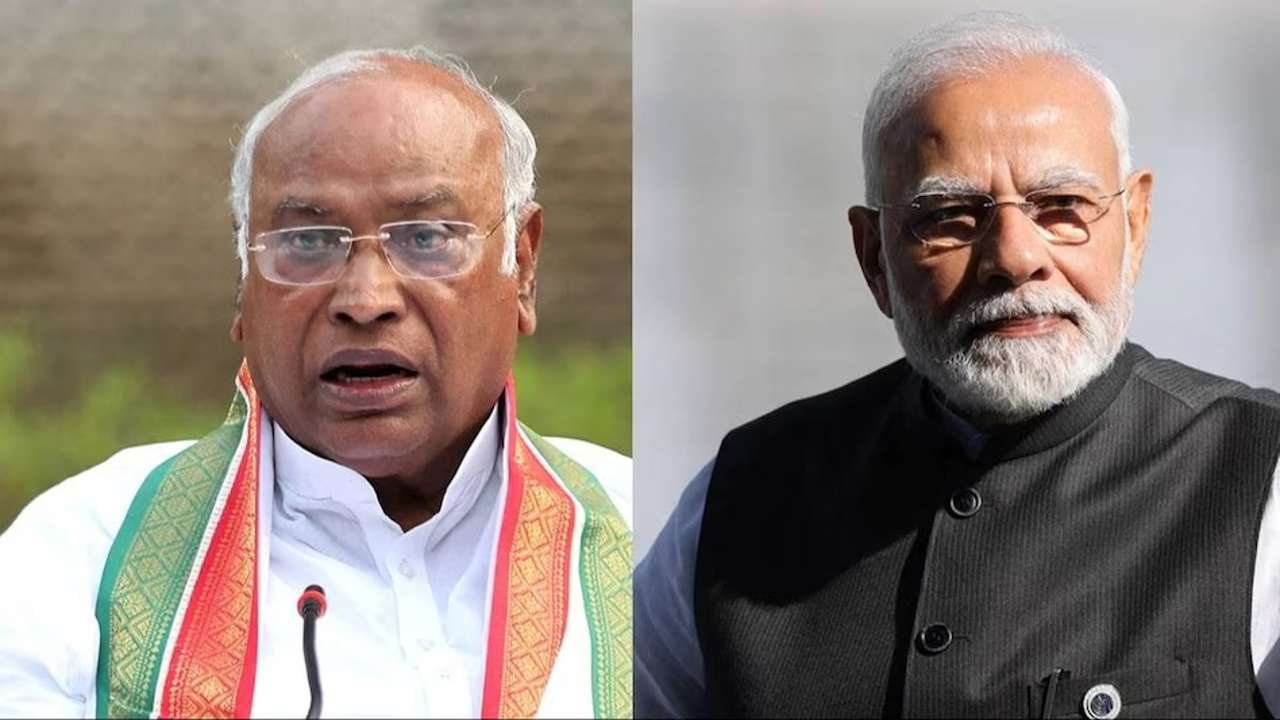
Congress President Mallikarjun Kharge wrote Prime Minister Narendra Modi a letter on Thursday, requesting an explanation of the ancient party’s Nyay Patra.
In support of the Congress manifesto, Kharge said that the Nyay Patra aims to give justice to marginalised people from all castes and communities, including women, children, farmers, and labourers.
The Congrss president said, PM’s advisors are misrepresenting things to him that aren’t even included in our manifesto. Kharge said, he would be more than happy to meet with him in person to explain thehir Nyay Patra’ so that, as prime minister of the country, he dosen’t make any statements that are false.
It has become his habit to seize on a few words taken out of context, create communal divide, Kharge added.
The Congress leader said that he is neither shocked nor surprised by the language used by the prime minister, in reference to Modi’s recent addresses.
It was expected that the PM and other leaders from his party would start speaking in this manner after he saw the dismal performance of the BJP in the first phase of the elections, he continued.
The impoverished and their rights have been a topic of discussion in Congress (nyay). We know that you and your administration do not care about the underprivileged and destitute, he remarked.
Continuing his attack on the prime minister, Kharge said, PM’s ‘suit-boot ki sarkar’ works for the corporates whose taxes you reduced while the salaried class pays higher taxes. The poor pay GST even on food and salt and the rich corporate claim GST refunds. That is why, when we talk of inequality between the rich and the poor, you are purposely equating it with Hindu and Muslim.
Following the criticisms made by the prime ministers in their recent election speeches, Kharge has responded. Modi has not held back when criticizing the main opposition party at his rallies, accusing them of scheming to redistributing assets and referring to the Congress manifesto as a “imprint of the Muslim League.
2024 Lok Sabha Elections
Lok Sabha elections: Samajwadi Party chief Akhilesh Yadav files nomination from Kannauj
The Samajwadi Party has announced Akhilesh Yadav as its official candidate for the Kannauj Lok Sabha seat today
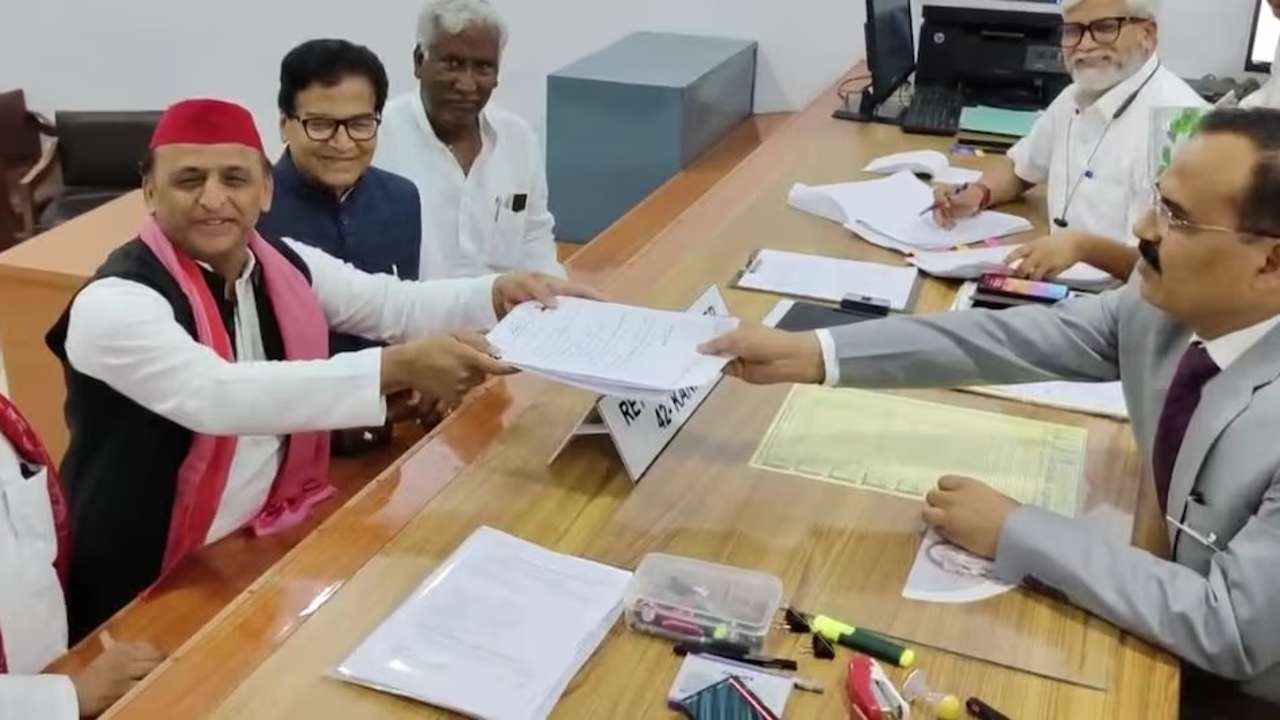
Samajwadi Party (SP) chief Akhilesh Yadav, submitted his nomination for the Kannauj Lok Sabha constituency ahead of tomorrow’s second round of voting. In front of Ram Gopal Yadav and other party leaders, the chief of the SP, who had previously contested the seat in 2000, 2004 and 2009, submitted the nomination.
Speaking with media, Ram Gopal Yadav said that SP would win the seat by a huge margin. The BJP candidate might lose his deposit in the seat, he said.
The Samajwadi Party has completely reversed its earlier plan to field former Mainpuri MP Tej Pratap Singh Yadav as their candidate, which is a significant political development.
Earlier, Akhilesh Yadav told reporters, people will find out when the nomination takes place, in reference to the speculations that he will contest for the seat. The historic victory of Kannauj is the subject of inquiry.
The former chief minister continued, the people have decided that the India bloc is coming as the future and the BJP will be history in this election.
Notably, elections for the Kannauj seat are scheduled for May 13, which would intensify the political drama that is now playing out in Uttar Pradesh. Previously regarded as the Samajwadi Party’s stronghold, the seat was lost by the party in the 2019 election when Subrat Pathak of the BJP won with a resounding victory.
The candidates competing for the following Uttar Pradesh seats will find out their destiny in the second round of voting, which is scheduled for tomorrow, Amroha, Meerut, Mathura, Baghpat, Aligarh, Ghaziabad, Gautam Buddh Nagar, and Bulandshahar.
Notably, two Bollywood celebrities running as BJP candidates in the second round are Hema Malini from Mathura and Arun Govil from Meerut. There are 91 contestants from UP competing in the second phase.
The seats in Gautam Buddha Nagar and Mathura are up for grabs, with a maximum of 15 applicants per seat. In Bulandshahr, six candidates are vying for the presidency. There are twelve contenders running in Amroha, eight in Meerut, seven in Baghpat, and fourteen in Ghaziabad and Aligarh.
1,67,77,198 votes will decide these candidates’ fates.
2024 Lok Sabha Elections
Bihar: Election Commission extends voting timings for 4 Lok Sabha seats due to heatwave
The voting period has been extended by two hours for a total of 299 polling stations
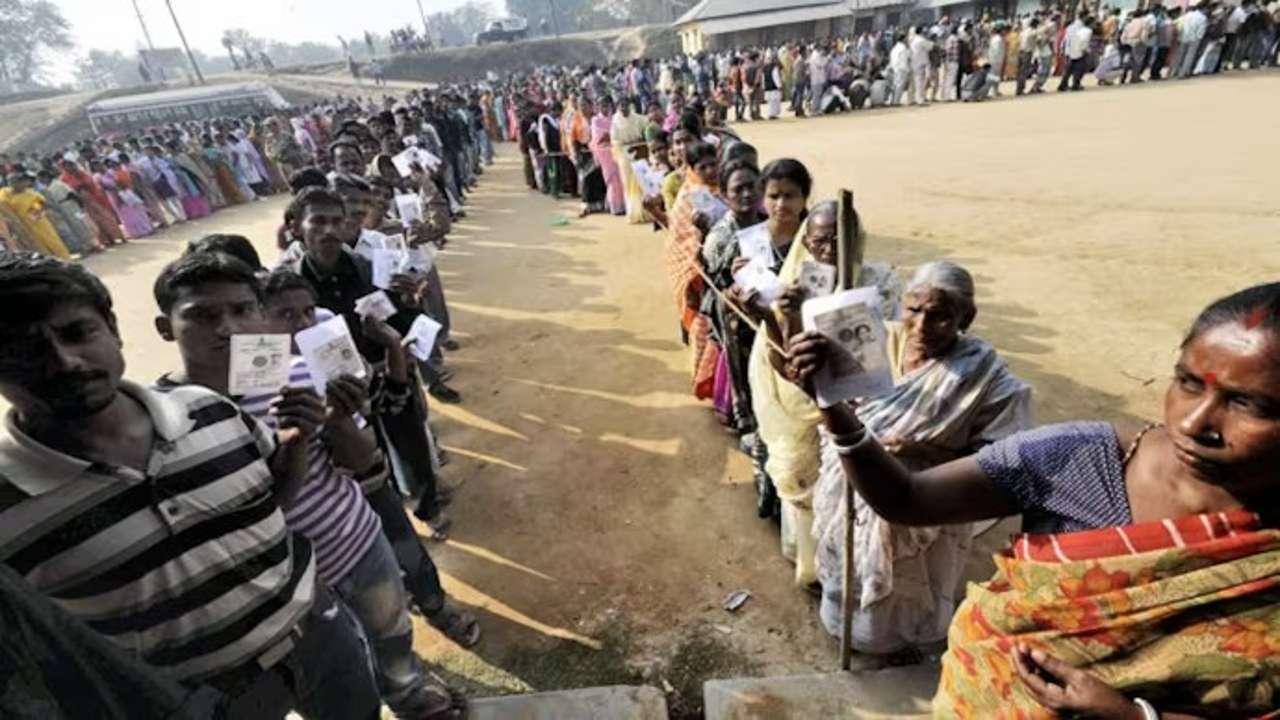
In accordance to the rising temperatures in Bihar, the Election Commission of India (ECI) has extended the voting hours for the upcoming three phases of the parliamentary polls at 1,700 polling places spread across four parliamentary seats, Banka, Madhepura, Khagaria, and Munger. The extension of the voting hours was announced by poll officials on Wednesday.
Polling generally takes place from 7 a.m. to 6 p.m. in most parts of the country, however, in certain isolated locations and in constituencies impacted by left-wing extremism, polls close two hours early to allow polling parties to move around easily.
The ECI gazette notification said the dates for the parliamentary constituencies of Banka (Katoria and Belhar assembly segments), which will hold elections on April 26, Madhepura (Mahishi assembly segment), Khagaria (Simri Bakhtiyarpur, Alauli, and Beldaur assembly segments), where voting will take place on May 7, and Munger (Suryagarha assembly segment), which will hold final phase elections on May 13, have been extended.
The voting period has been extended by two hours for a total of 299 polling stations in Simri Bakhtiarpur, 191 polling stations in Belhar AC of Banka, 172 polling stations in Katoria Assembly Constituency (AC) and 191 polling stations in Belhar AC of Banka, 207 booths in Mahishi AC of Madhepura seat, and 230 polling stations in Suryagarha AC of Munger.
In an effort to boost voter turnout, which fell to 49.26% in the first phase of polling on April 19 in Aurangabad, Gaya, Nawada, and Jamui from 53.47% in 2019 by 4.21%, the timing has also been extended.
Meanwhile, during the course of the next several days, temperatures in the southern states, namely Kerala and Karnataka, are predicted to rise by 2-3°C. In Southern Karnataka, where up to 14 constituencies are scheduled to vote in Phase 2, a heatwave warning has been issued. It is predicted to affect the districts of Tumkur, Davangere, Vijayapura, Yadgir, Koppal, Bagalkote, Kalaburgi, Raichur, Ballari, Chitradurga, Kolar, Chikkaballapura, Gadag, and Davangere.
The EC stated that a likely factor influencing voter turnout is the increase in temperature.
-

 India News10 hours ago
India News10 hours agoLandslide hits Arunachal Pradesh, highway linking Indo-China border affected
-
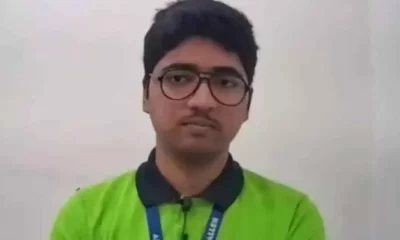
 Education8 hours ago
Education8 hours agoFarmer’s son Nilkrishna Gajare Nirmalkumar from Maharashtra scores 100 NTA score in IIT-JEE Mains 2024
-
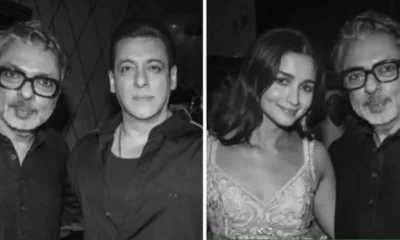
 Entertainment10 hours ago
Entertainment10 hours agoBollywood stars Salman Khan, Alia Bhatt, Rekha, Sonakshi Sinha, Aditi Rao Hydari attend Sanjay Leela Bhansali’s Heeramandi premiere
-

 India News11 hours ago
India News11 hours agoTamannaah Bhatia summoned in illegal IPL streaming app case, to appear before cyber cell on April 29
-
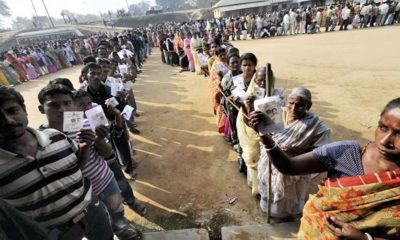
 2024 Lok Sabha Elections9 hours ago
2024 Lok Sabha Elections9 hours agoBihar: Election Commission extends voting timings for 4 Lok Sabha seats due to heatwave
-
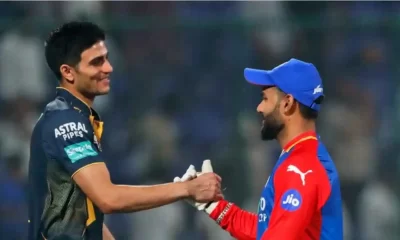
 Cricket news11 hours ago
Cricket news11 hours agoIPL 2024: Rishabh Pant, Axar Patel score half centuries as Delhi Capitals beat Gujarat Titans by 4 runs
-
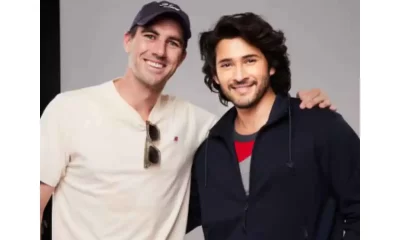
 Cricket news4 hours ago
Cricket news4 hours agoTelugu superstar Mahesh Babu meets SRH captain Pat Cummins, says it is an absolute honour
-
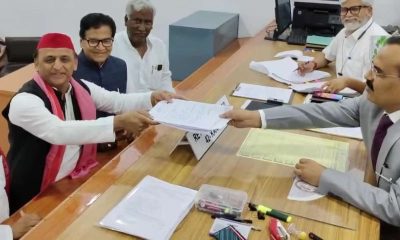
 2024 Lok Sabha Elections9 hours ago
2024 Lok Sabha Elections9 hours agoLok Sabha elections: Samajwadi Party chief Akhilesh Yadav files nomination from Kannauj

